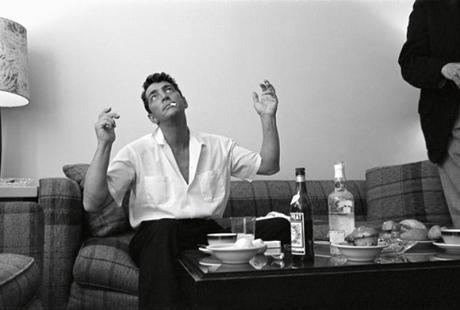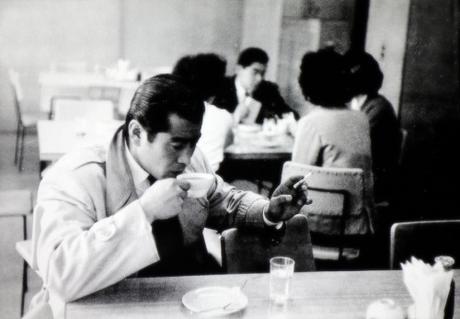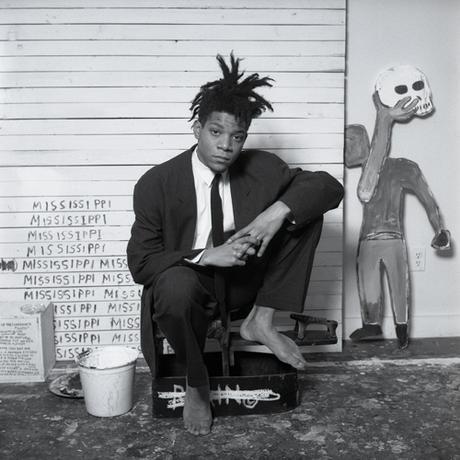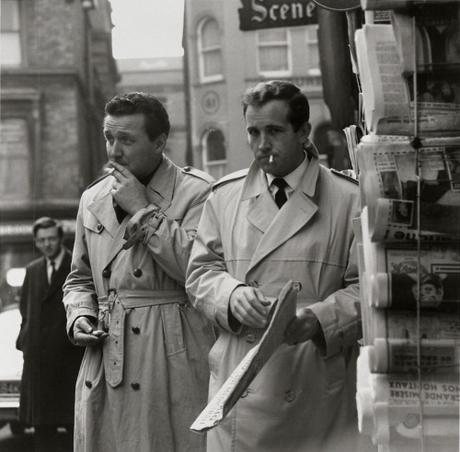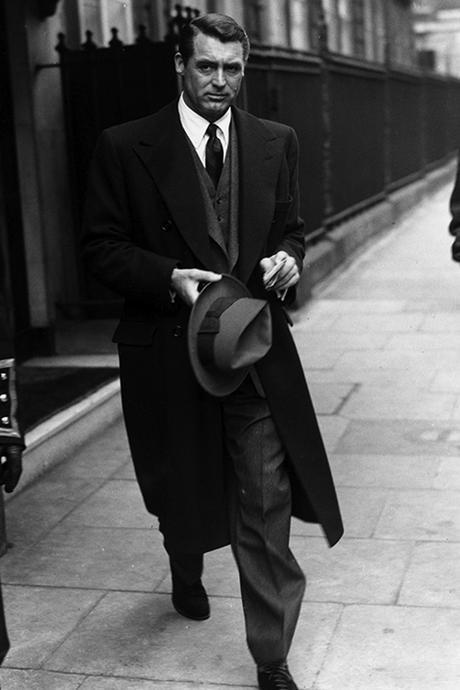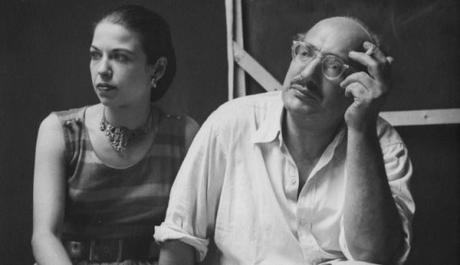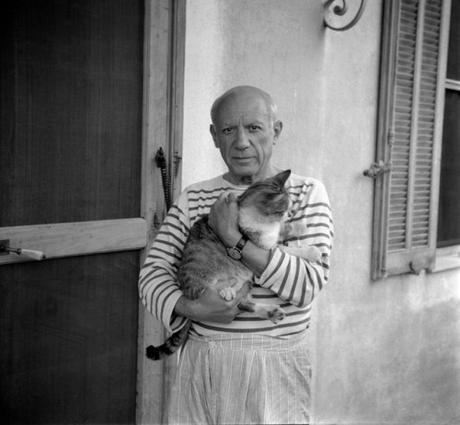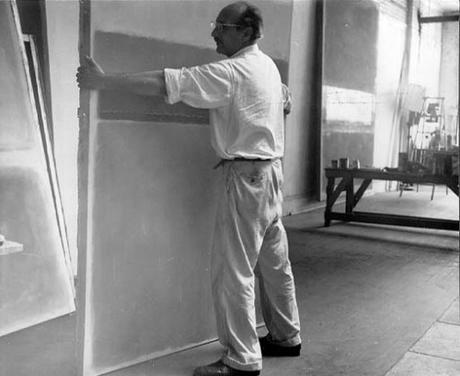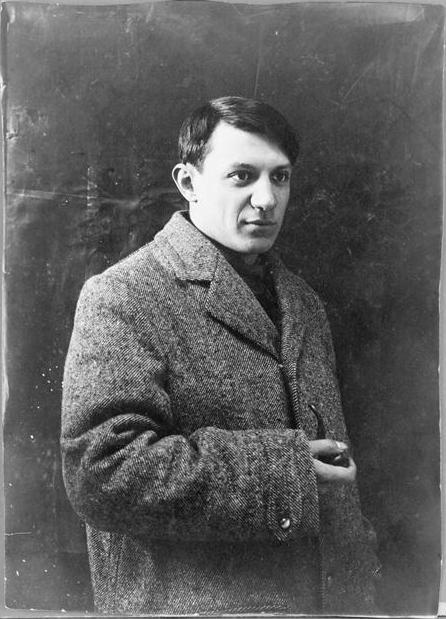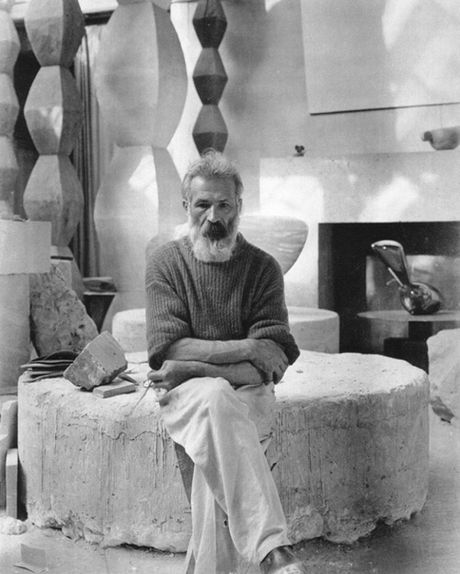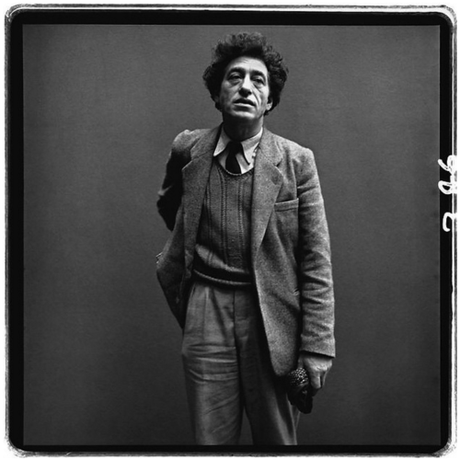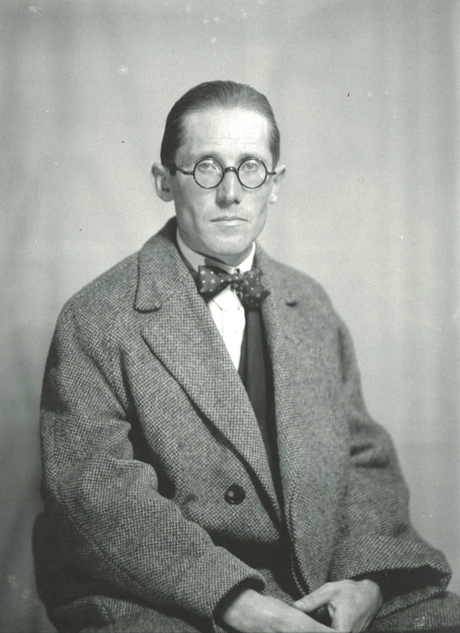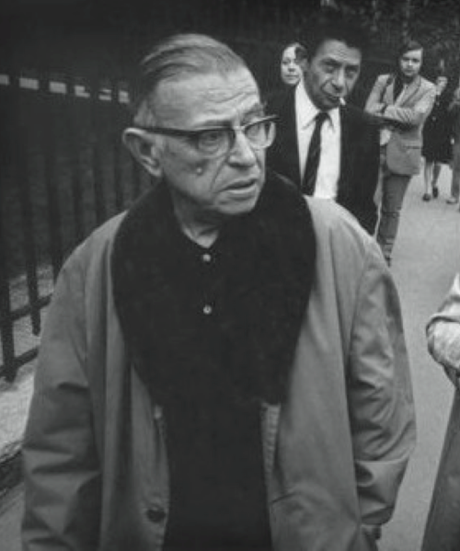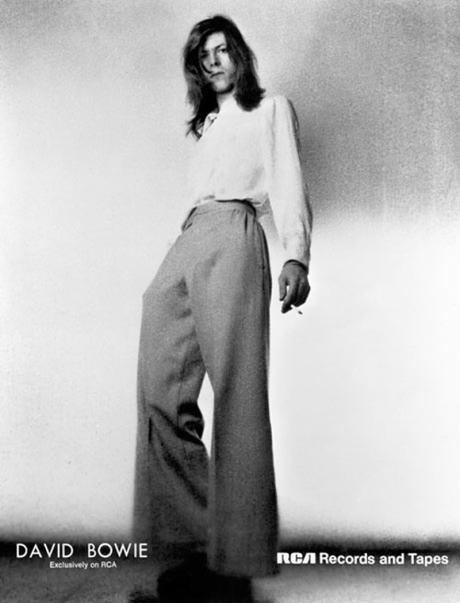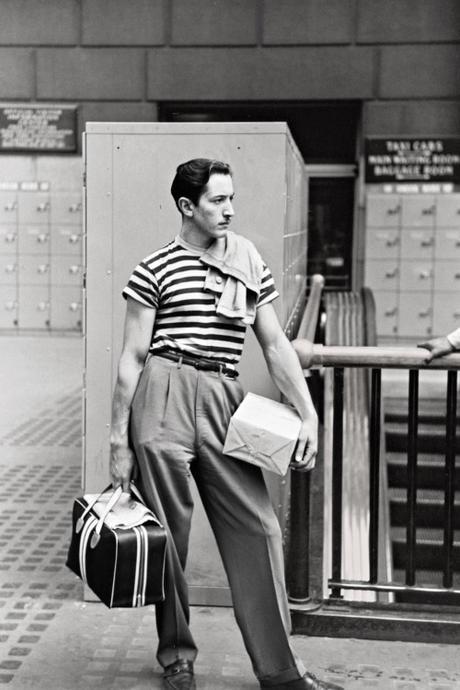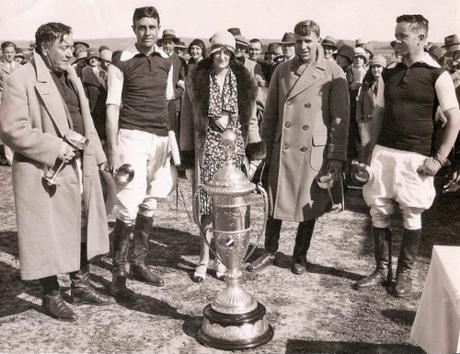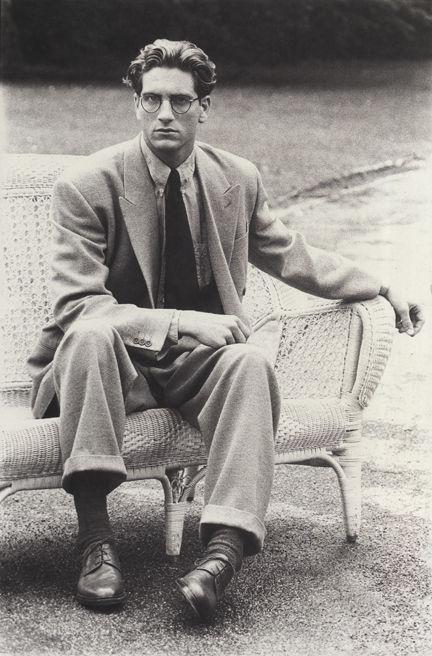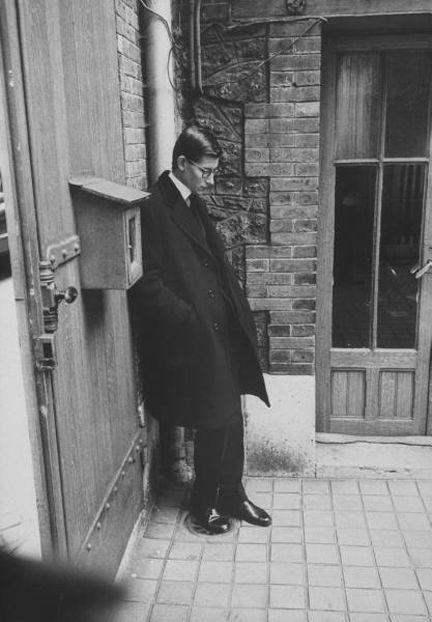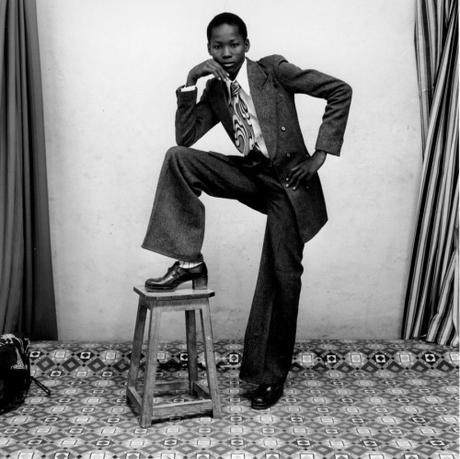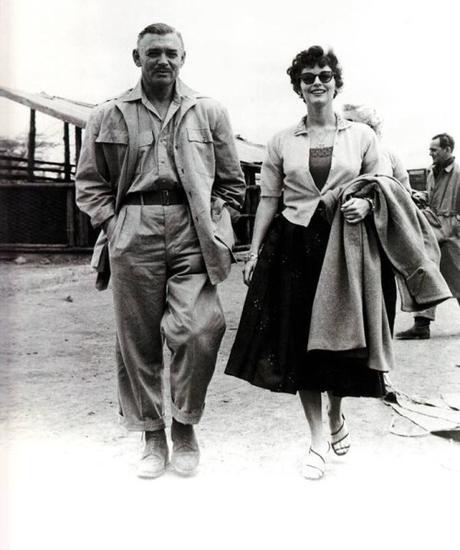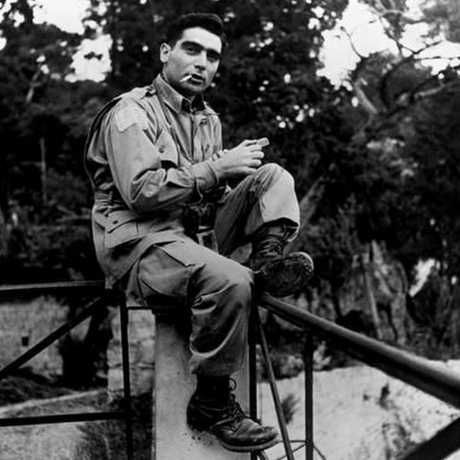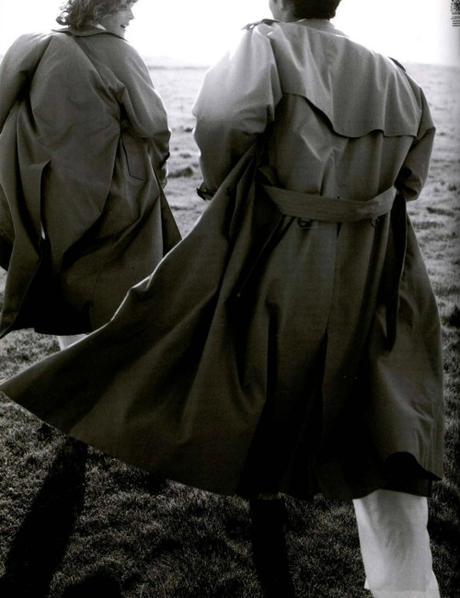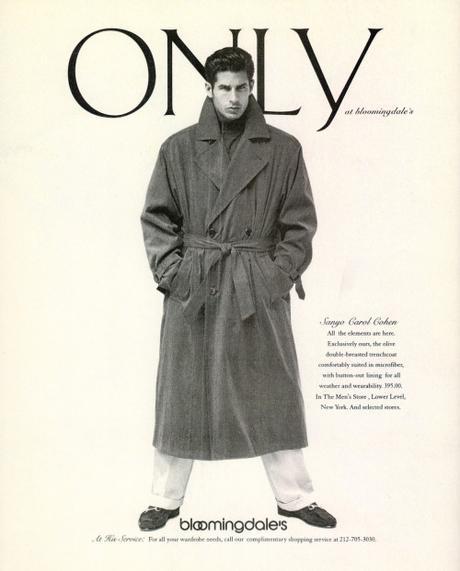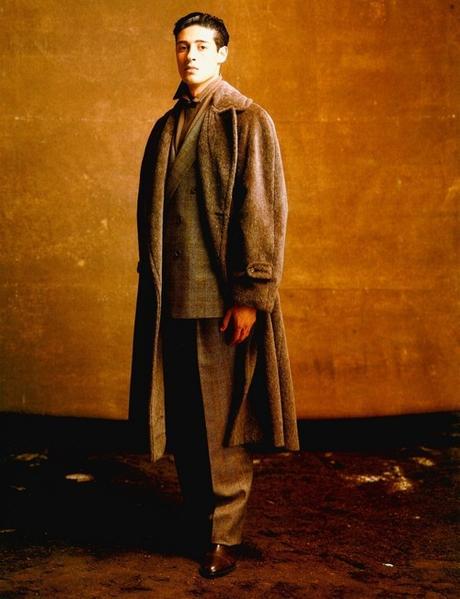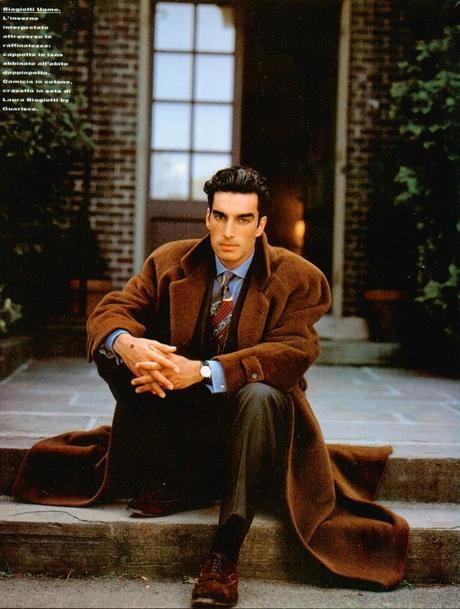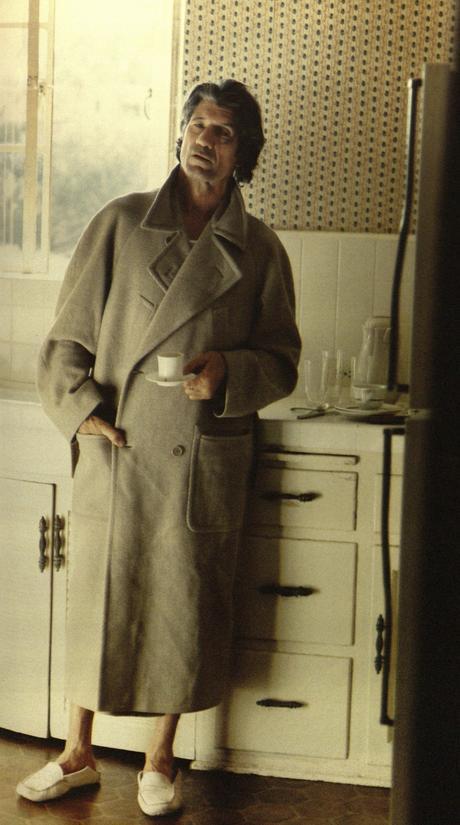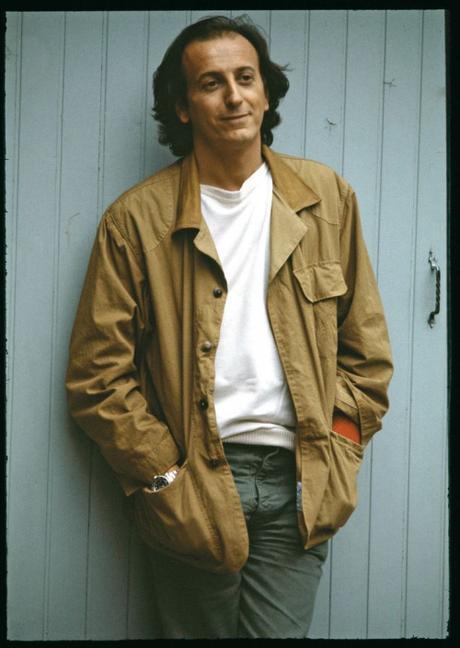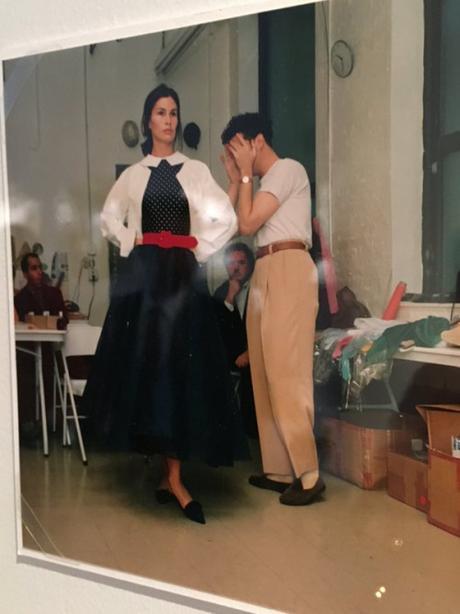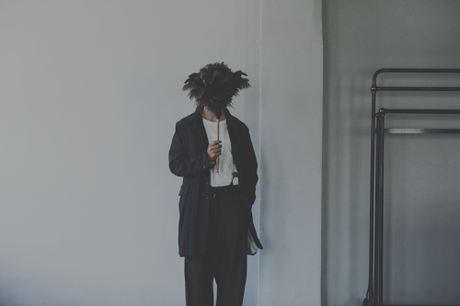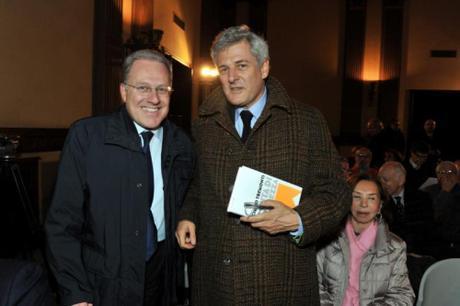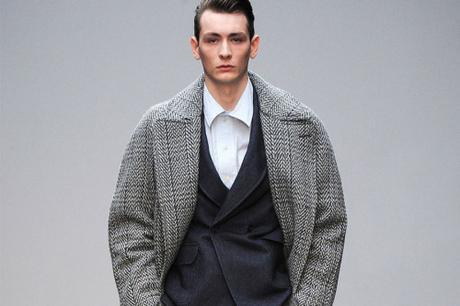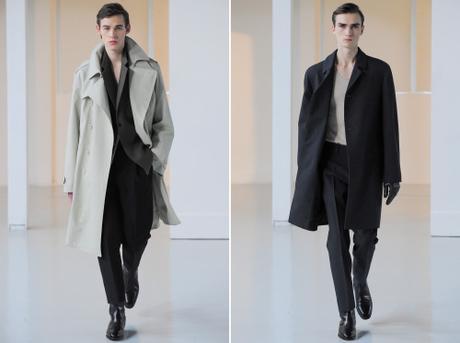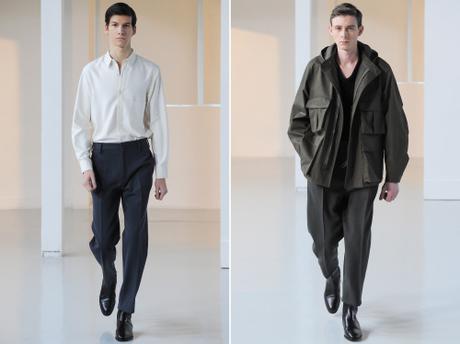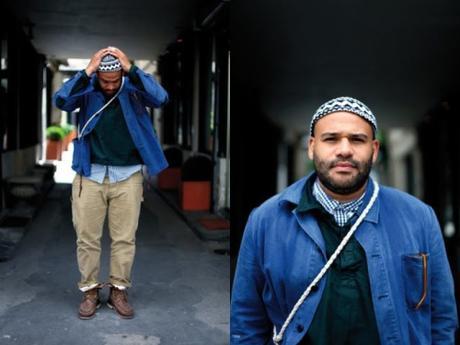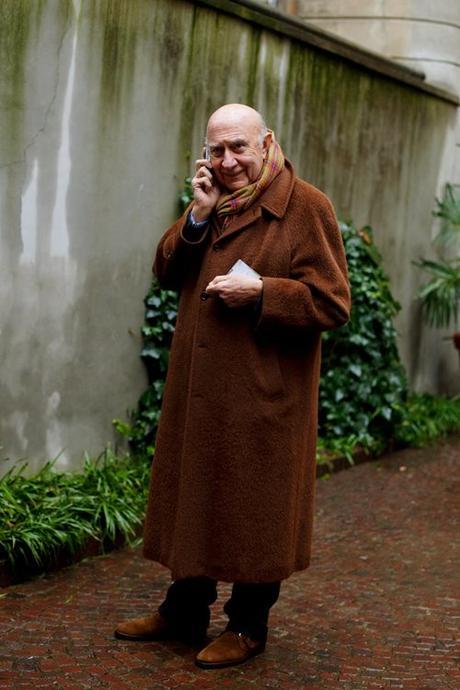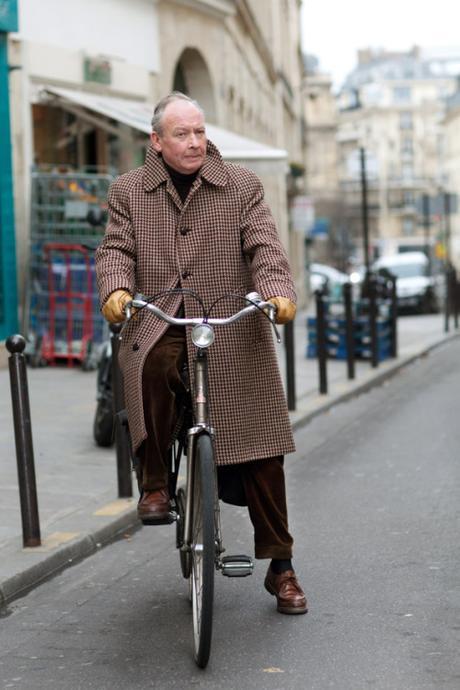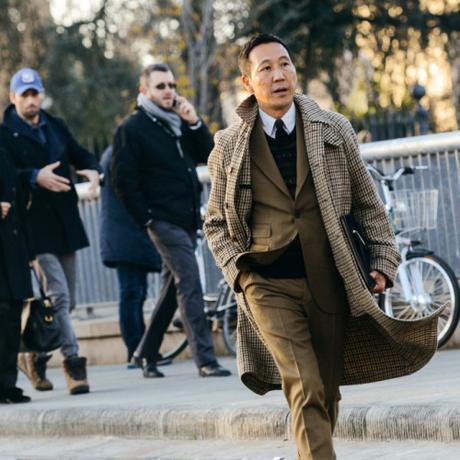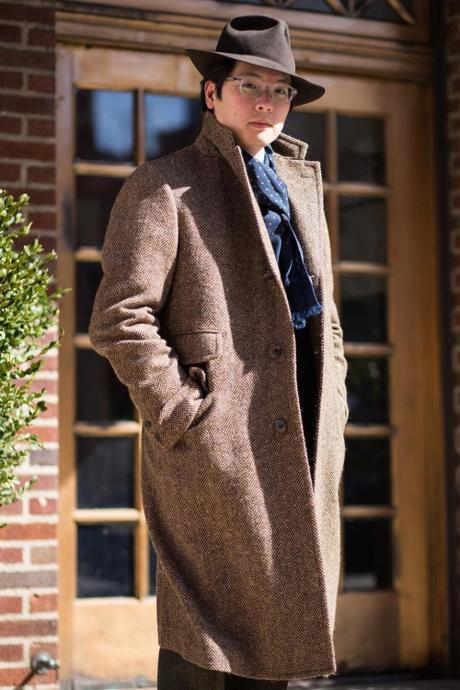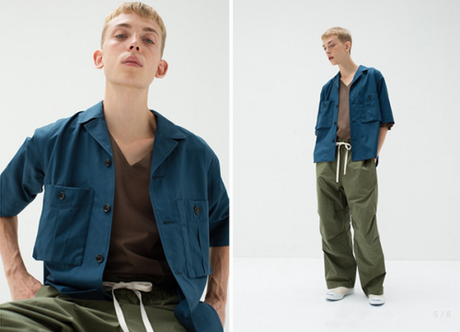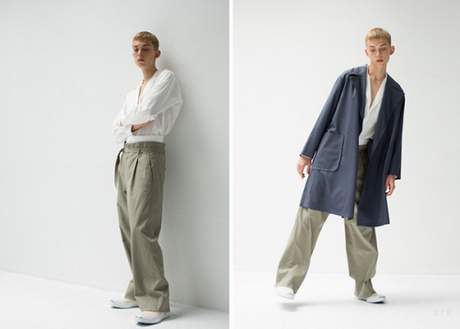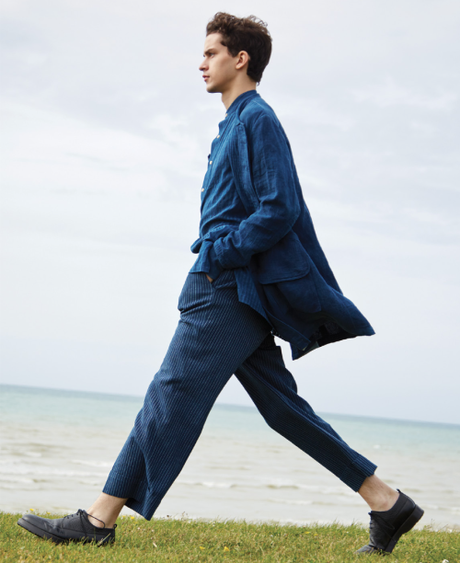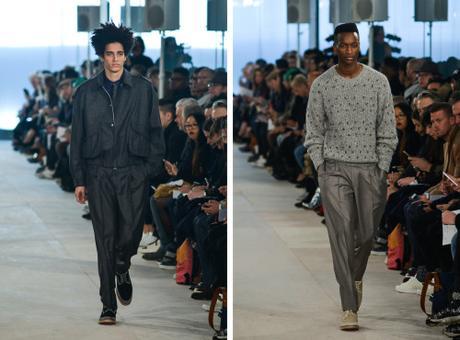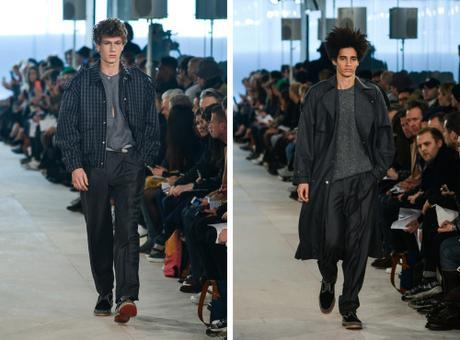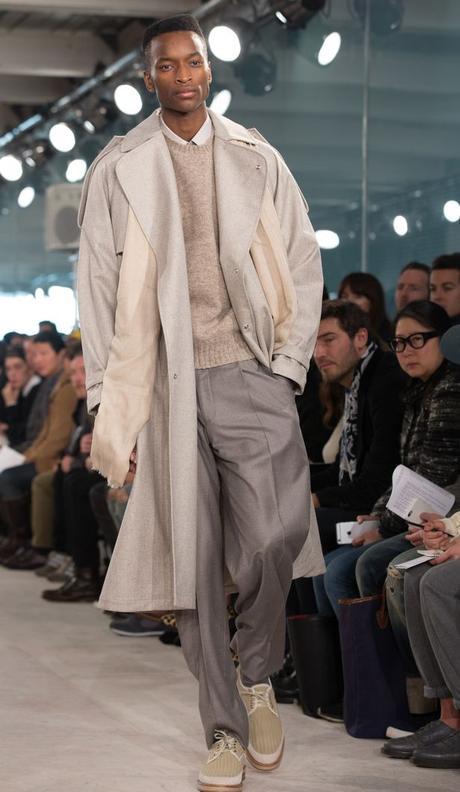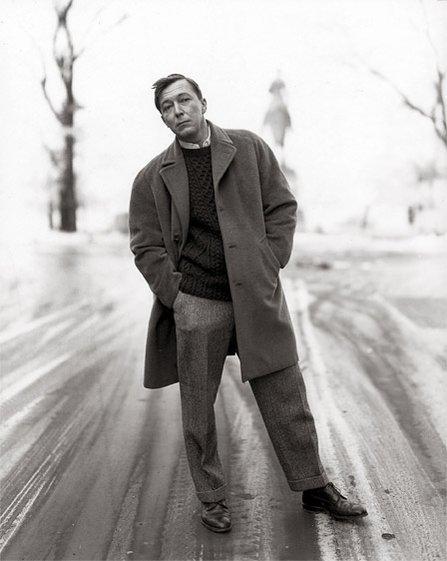
I’ll come out and say it: I like big cuts (and I cannot lie). Earlier this week, I was talking to Wall Street Journal columnist Christina Binkley about how men’s clothes have gotten a lot more comfortable over the years. Fabrics are lighter and softer; tailoring a little more deconstructed. Even tailors on Savile Row – the last holdout against fashion trends – tell me they’re using less padding than they were twenty or thirty years ago.
My idea of comfort these days comes more from cut than construction. After nearly twenty years of the slim-fit trend, I’m ready for fuller-fitting clothes. Trousers that don’t cling to the leg; jackets with plenty of room for movement.
To be sure, there are a lot of ways you can go wrong here. After all, excessively baggy clothes in the ‘90s are what spurred the slim-fit look in the first place. At the same time, check out American painter and printmaker Jasper Johns above, sporting what I think is a perfectly proportioned silhouette. His jacket hangs loosely, but is close enough to the body to give a hint of shape. The trousers roomy, but taper to a nice cuff. Overall, his clothes just look more lounge-y and comfortable than the slim tweeds and tight corduroys that will be written about elsewhere for the next six months.
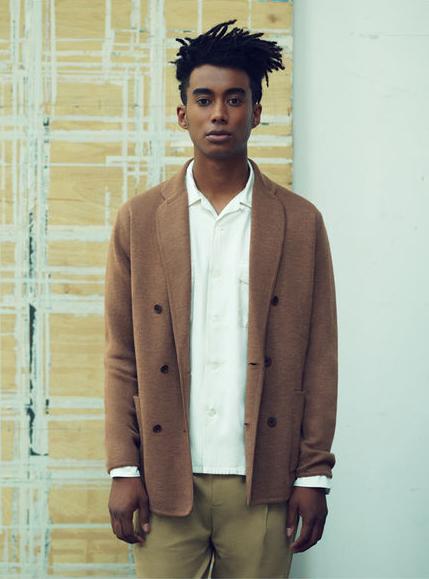
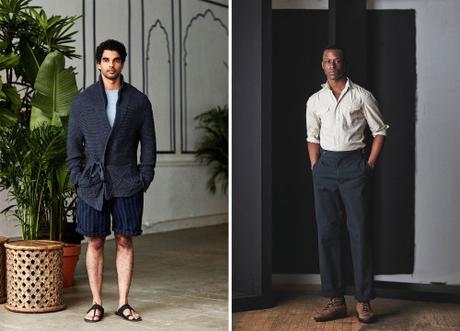
Critics will say that baggier cuts aren’t flattering; they don’t have the sharp, tailored lines that come with darts. But not everyone looks good in body-conforming clothes. A looser fitting cardigan or a fuller-cut pair of pants can have such a great, comfortable and relaxed vibe, while also hiding those parts of us that might not be so model-thin. The slim-fit trend has left a lot of people with just one way to think about clothes, when the world of men’s style can be so much more.
Thankfully, designers are starting to come around these days. The Wall Street Journal had an article a while ago about how suits are starting to fill out again. Lemaire and E. Tautz champion fuller cuts (and are celebrated for it). Even J. Crew, often a bellwether for trends, has started carrying stylishly relaxed chinos. It seems like everywhere you look – from niche Japanese label ts(s) to Americana designer Billy Reid – things are starting to breathe again.
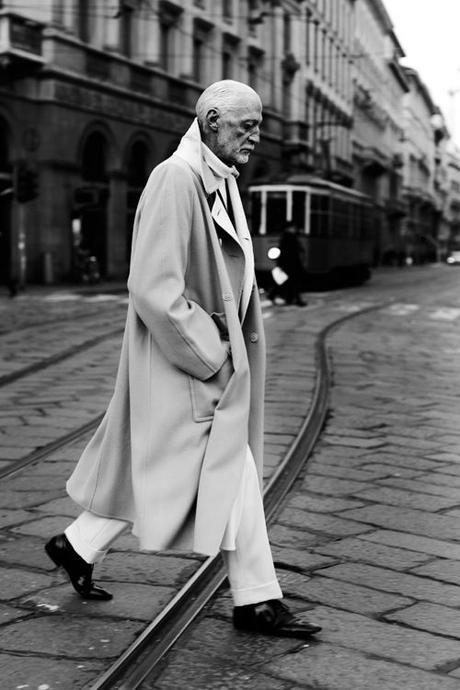
If you’re interested in cutting it loose this season, here are some humble suggestions:
- Silhouettes: Start with tops. The dominant silhouette for the last fifteen years has been something like a thin, columnar stick (think: Raf Simons and Thom Browne). If you want to try something more relaxed, pair your already-slim trousers with fuller tops – bigger coats, looser sweaters. It’s a masculine look that designers relied on for ages before shrinking everything down.
- Tailored Overcoats: This might be the easiest way to experiment with something looser. Take a traditional overcoat – sized big enough to comfortably fit over your suits and sport coats – and just wear it with a chunkier sweater and pair of slim jeans. It’s a good way to mix your tailored clothing with casualwear, while also giving a more lounge-y feel.
- Non-Tailored Outerwear: Getting a fuller silhouette here isn’t just about sizing up. The cut has to be right. Lemaire, for example, makes slightly-boxy outerwear with larger sleeves and slightly-dropped shoulder seams, but still has high armholes. Experiment and try different designers. I like Lemaire, Kapital and Camoshita, although their fall/ winter collections have yet to drop.
- Pants: These Stan Ray fatigues are an easy way to try a fuller-cut without spending a fortune. They’re an exclusive cut with Urban Outfitters and have a slightly modified leg line and darted waist. The waist is tiny, so size up (I normally wear a 30, but take a 32 in these). Otherwise, I like what Eidos has for fall (they’re carried at No Man Walks Alone, an advertiser on this site). A Kind of Guise’s pegged trousers also look great, as does Drake’s coming line of denim. These Chimala jeans are also good if you normally wear a size 29 (pay no attention to the awful product photo). For these to work, try wearing them with no break or maybe even a little cropped (although not by this much). I personally pinroll the Stay Rays so they hit my ankles. I find this gives them a cleaner look.
- Shirts: The style has to really match the cut in this case. In the summer, I like slightly oversized linen and rayon shirts, such as popovers and Alohas. They go well with slim, washed jeans and casual shoes (e.g. espadrilles or Vans slip-ons). For fall, I’ve been wearing slightly looser t-shirts. Chimala had a washed blue version of this “game day tee,” which is made with a curved hem and wide body. Nonnative has something similar this season, but in a baseball tee style. For generously cut shirts, I find more casual styles work best.
- Most of All: Stop worrying about it. Many fuller-fitting clothes would be considered “normal” by traditional tailors anyway. Keep an eye on proportion, think about how the cut matches the style (why did we ever have slim-fit fatigues?), and feel free to experiment. Besides, with enough eating, all clothes become slim-fit eventually.
